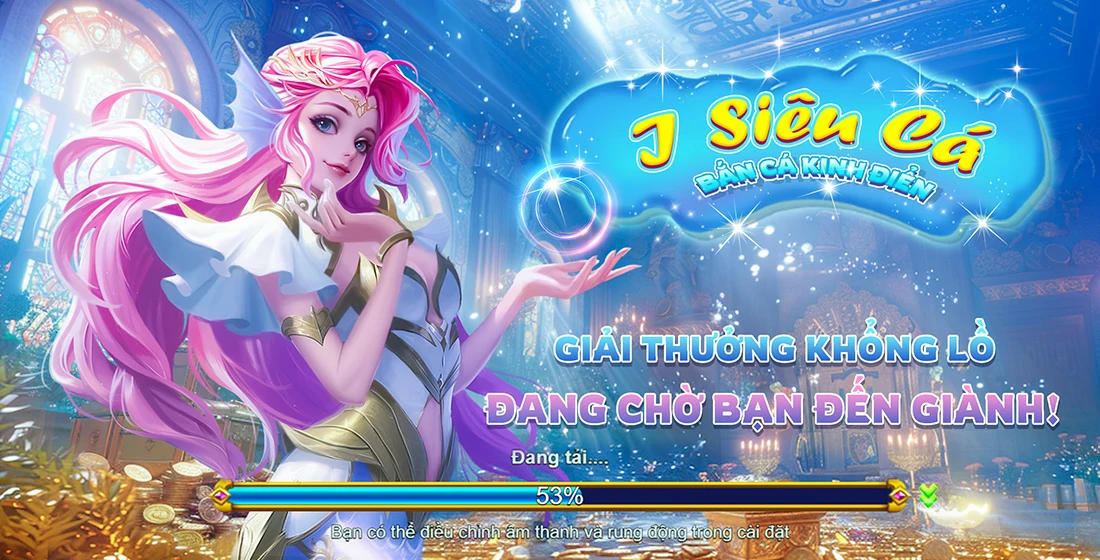Indie Games Spotlight: Why Idle Games Are Dominating the Casual Gaming Scene
The Quiet Rise of Idle Gaming in Modern Indie Culture
In an age dominated by hyper-realistic sports titles like EA Sports FC 2023, one might assume that players crave complex, action-packed simulations. Surprisingly enough, indie game developers across Uzbekistan and the broader gaming community are turning instead to minimal, repetitive — yet deeply addictive — mechanics of **idle games**.Idle games (sometimes called “clicker" or “tycoon" titles) focus on passive mechanics where players initiate a task and observe as it progresses without constant inputs. This design flies directly in the face of the traditional action-centric approach that most triple-A franchises push today.
| Familiar Titles | Mechanic Style |
|---|---|
| Increase++, Clicker Master | Passive Progression |
| Anno Online (miniaturized version in idle format) | Economic Simulation |
| Coin Empire | Combat & Resource Management |
What Makes Idle Mechanics so Compelling?
One could question the allure of a title requiring virtually no active participation beyond the occasional tapping. - **Low-stress gameplay:** perfect for those commuting or unwinding - **Easy on device hardware:** accessible even on entry-level tech stacks - **Sense of accomplishment despite low commitment** Players from regions like Uzbek tend to favor these due to intermittent internet speeds or fragmented play schedules. An ideal match.Digital Nomads vs Idle Design
The current lifestyle movement favors asynchronous engagement in entertainment.- Gaming becomes an activity that runs beside daily responsibilities
- Broadcast notifications trigger return events subtly without being invasive
- No steep learning curve allows broad reach among non-core-gamer audiences
EA Sports FC 2023’s Polarization and Market Gaps
Despite the hype surrounding titles like EA Sports FC 27 (okay, we mean FC 2023), its technical complexity can alienate casual participants who simply enjoy football culture. Here enters the niche for bite-sized soccer management simulations crafted by indie outfits in Central Asia. Developers leverage basic UI patterns seen in **idle game engines** and blend them with localized content — think: ``` // pseudo-code snippet for click-to-score logic function addGoal() { teamScore++; } setInterval( () => { teamScore += Math.floor(achievements.length / 3); }, 5000) ``` Such lightweight **programming RPG Game structures**, if done correctly, offer familiarity through football metaphors while retaining easy progression.Technical Accessibility Drives Creativity
Unlike creating full 3D rendering games from scratch using Unreal Engine, indie devs in developing countries often start with simple **HTML5 and Canvas-based frameworks like Phaser.js** to build idle titles optimized for browser and Android compatibility. Tools such as Godot also provide open platforms that help streamline early-stage game creation without the licensing hassles faced with major publishing houses’ toolsets. This lowers barriers to entry dramatically — even students can prototype their versions of a football-clicker game during school semesters.“I once created a small idle title using Construct just because I wanted my cousin from Kharkent to understand why football clubs need patience building teams," says a developer we met at an informal dev mixer in Tashkent.
And the beauty of the concept is how universal it feels — no language barrier quite stifles the understanding of goal incrementing per tap or time interval.The Emotional Layer Within Idle Simplicity
A lot gets lost when analyzing something that seemingly offers no interactivity. Consider these aspects: 1. **The Dopamine Loop:** Watching incremental values climb gives a dopamine rush similar to seeing coins roll into a slot machine basket. 2. **Narratives Hidden Beneath the Surface:** Many well-made **idle games include branching paths — upgrades unlocked reveal stories. These may appear subtle initially but gain emotional heft as gameplay progresses** 3. **Community Engagement Through Competition:** Though rarely competitive, leaderboards integrated into titles make for friendly rivalry It's this hidden richness in simplicity which drives players back more than pure mechanics do.Sustainable Growth Models Behind Clickers
When asked, many studios admitted the following growth strategies were responsible for sustaining interest months after launches. | Approach | Description | |--|--| | **Time-gated unlocks** | Players return due to curiosity about progress made in offline intervals | | **Micro-event quests** | Daily challenges give reasons for consistent interaction regardless of core game saturation | | **Soft currency layer above free base** | Monetizes naturally through optional boosters without compromising gameplay depth | Some studios experiment further with NFT-linked collectables — although that trend hasn't really taken hold strongly within Uzbekistan's digital market.Coding Meets Gamification – Learning Through Idle Dev Projects
There exists growing literature suggesting how even basic exposure to a framework like Lua helps budding programmers grasp object handling, event triggering — things often taught via rudimentary idle simulation. For instance: ``` -- Simple auto-farming pseudocode for beginners farmPower = player:getSkillValue('Agriculture') while true do cropAmount = cropAmount + math.floor(farmPower / 100) wait(6000) end ``` These kinds of examples serve two purposes: - Encourage new coders to view scripting interactively - Introduce logical thinking through gamified interfaces instead of textbook tutorials Not all idle titles teach programming explicitly, but the best ones expose learners to foundational logic loops disguised as upgrade options.Casual Isn’t Lazy: A Look at Top Idle Studio Practices
Contrary to assumptions that minimalism breeds neglect in design — top idle creators operate rigorously: - Conduct bi-weekly analytics reviews based on player drop-offs - Use soft feedback cycles to test balancing updates every month - Prioritize polish for UX across both portrait and landscape formats Key considerations in their checklist before launch usually look like this: - Smooth onboarding sequences (tutorial overlays under two mins long) - Crash logging integrations even on tiny code-bases - Ad monetization balanced alongside player tolerance - Proper scaling across mobile screens including legacy models common across lower-tier cities like Urgench So though gameplay feels effortless for players navigating idle games casually, the underlying craftsmanship is very intentional — particularly when competing globally.From Passive Clicks to Real Community Impact?
We recently noticed idle devs partnering up with local schools and NGOs to integrate financial-literacy lessons into fictional bank manager-style mini-games developed in Dushanbe and Almaty. These hybrid experiments between education and entertainment prove especially valuable among teenage audiences struggling to engage with rote classroom lectures about loans, budget balancing and compound interest. Could the rise of **idle gaming** mark a larger movement towards soft teaching platforms that scale well cross-culturally? Time may tell — what’s clear is that innovation isn't always flashy. Sometimes, you hit gold through stillness.The Bigger Trend Hiding Behind Tap-and-Go Interfaces
Looking ahead, the convergence of AI-generated questlines and **idle systems could birth entirely automated narratives**, meaning each player sees different side adventures unfold automatically through idle periods. Also, expect increased integration with wearable data like heart rate monitoring in upcoming prototypes. Picture an app adjusting income multipliers depending on whether a user is calm versus stressed during breaks. Whether through smart wearables or blockchain-backed reward schemes tailored around virtual items earned from **idle mechanics**, the genre continues surprising critics by showing evolutionary potential few predicted half-a-decade ago.Possible Future Challenges
Despite all positives, several risks linger: 1. **Market oversaturation** could cause quality to drown beneath noise of unlisted apps in Uzbek app stores 2. Overdependence on monetized rewards could lead users away, especially where ads overwhelm UI experiences 3. Lack of robust backend infrastructure in some regional indie projects could risk player data corruption or inconsistency As such, developers must continue pushing beyond simplistic templates to stay competitive amid rising expectations from global players familiar with richer genres like EA Sports FC titles — without losing sight of why they clicked into their niche in the first place.Making Space Without Making Noise
Therein lies the irony. **Idle games aren’t flashy. They demand less screen real estate than a modern racing game.** What they lack in visuals and voiceovers they compensate for with steady momentum, clever hooks, and gentle persistence. They’re not meant for Twitch highlights, rather cozy moments of solitude on your commute back home in Olot. Their triumph lies not in explosions, goals, crashes, but clicks and gains. Quiet gains. As players worldwide increasingly reject fatigue over decision-making in media consumption, **idle games carve an elegant compromise**—not total distraction nor passive scrolling, just interactive calm inside the noise.
Key takeaways from this breakdown:
- **Idle games are becoming cultural anchors,** especially relevant where connectivity or intense concentration remains unpredictable
- They offer intuitive development entry points and learning scaffolds, helping young programmers connect theoretical concepts with engaging gameplay
- While EA Sports FC titles impress technically, indie-developed sport-themed clickers resonate more personally with non-professional fan communities
- Moving forward, idle systems may merge seamlessly with wellness tracking apps or AI narrative engines — keeping this genre fresh longer than naysayers believe possible.


